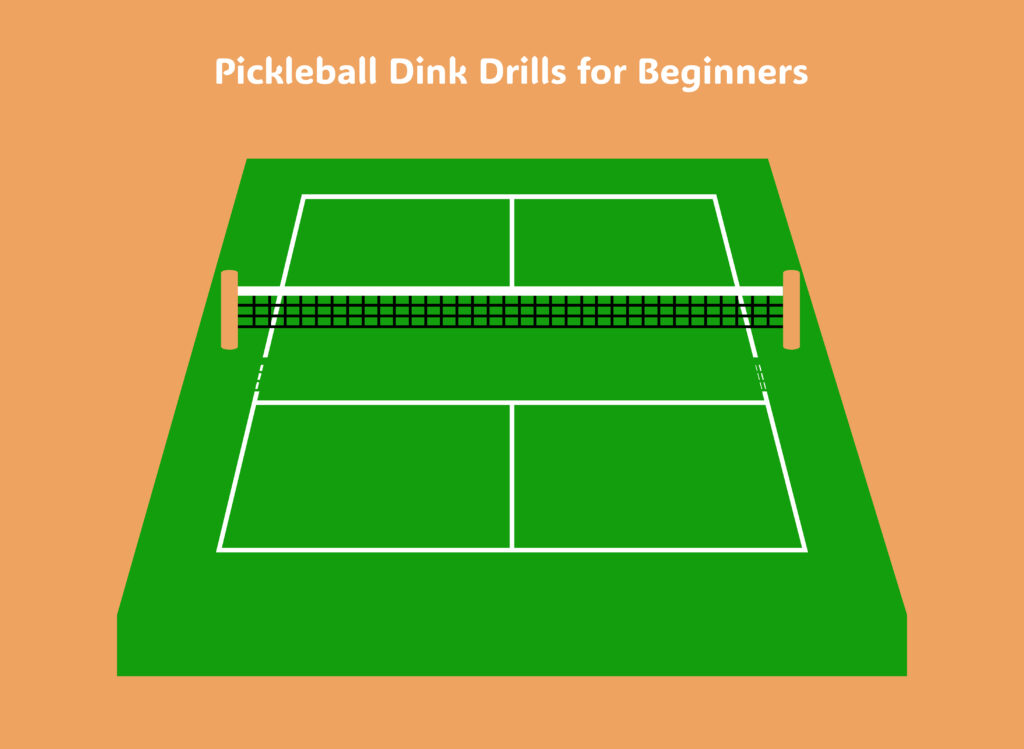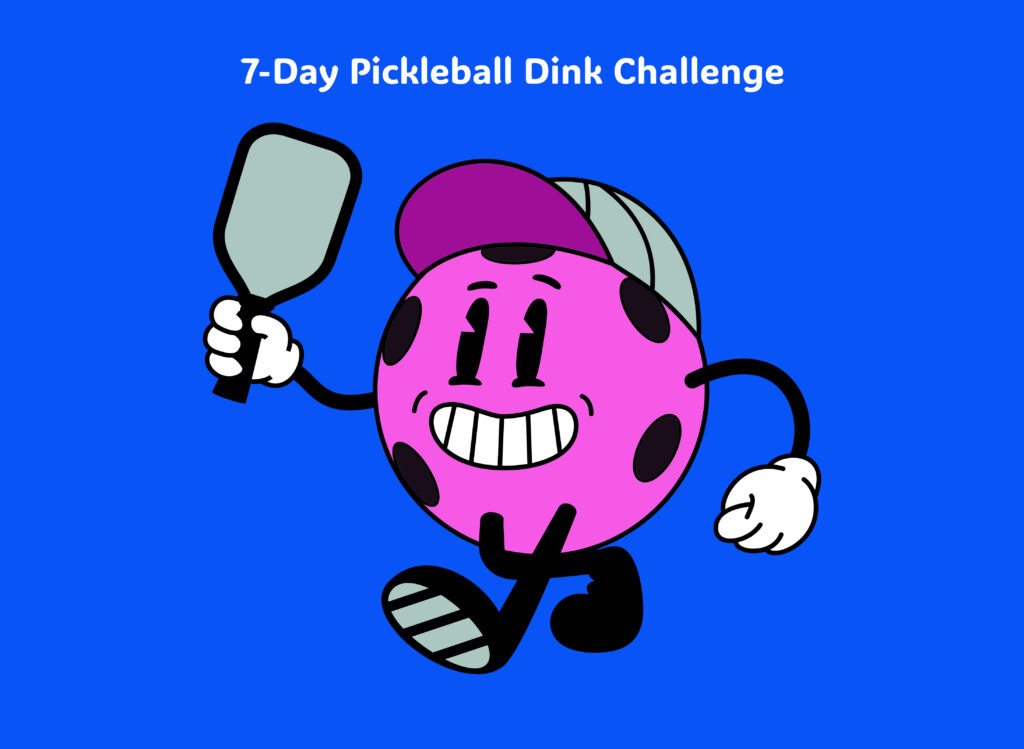Introduction: Pickleball Singles
Serve in Pickleball Singles – Serving in pickleball singles is one of the most important aspects of the game. A well-placed, strategic serve can give you an immediate advantage, making it harder for your opponent to return effectively. Unlike doubles, where serves are often more controlled to set up the rally, singles serves are typically more aggressive, aiming for depth, spin, or speed to keep the opponent on the defensive.
In this guide, we’ll break down the official serving rules, different serving techniques, and strategies to dominate your opponent in singles play.
1️⃣ Official Pickleball Serving Rules and how to Serve in Pickleball Singles
Before focusing on technique and strategy, it’s essential to understand the official rules of serving in pickleball. These rules apply to both singles and doubles, but in singles, your serve placement and depth become even more critical.
Basic Serving Rules in Pickleball:
✅ Underhand Motion: The serve must be executed with an underhand stroke, meaning the paddle must make contact below the waist.
✅ Paddle Position: At the moment of contact, the paddle must be below the wrist to prevent an overhand advantage.
✅ Foot Placement: One foot must remain behind the baseline while serving, and the server cannot step on or inside the court until after the serve is struck.
✅ Diagonal Serve: The ball must be served diagonally across the court and land within the opponent’s service box beyond the non-volley zone (kitchen).
✅ One Attempt Only: Unlike tennis, there are no second serve attempts—if you fault on your serve, you immediately lose the point (in rally scoring) or lose your turn to serve (traditional scoring).
Common Serving Faults:
❌ Hitting the ball above waist level (illegal serve motion).
❌ Serving into the net or outside the service box.
❌ Stepping on or over the baseline before making contact with the ball.
❌ Not serving diagonally across the court.
🔥 Key takeaway: Understanding and following the serving rules ensures your serve is legal and effective while avoiding unnecessary faults.
2️⃣ Different Types of Serves in Pickleball Singles
While getting the ball over the net is the first priority, varying your serve types will keep your opponent guessing and give you a tactical edge. Here are the most effective ways to serve in singles pickleball:
1. The Deep Power Serve
✅ A fast, deep serve that lands close to your opponent’s baseline.
✅ Forces them to retreat, making their return weaker.
✅ Ideal against players who struggle with deep returns.
How to execute:
- Use a low-to-high motion with good paddle acceleration.
- Aim for deep placement near the opponent’s baseline.
- Keep the ball low over the net to prevent an easy attack.
2. The Topspin Serve
✅ Generates forward spin, causing the ball to dip quickly and bounce high.
✅ Makes returns harder to control, especially for opponents using a backhand.
✅ Best used when you want to push the opponent back and force a defensive return.
How to execute:
- Brush up on the back of the ball with a low-to-high swing.
- Use a slightly closed paddle face to enhance topspin.
- Follow through over your shoulder for consistency.
3. The Slice (Backspin) Serve
✅ Adds backspin to keep the ball low after the bounce.
✅ Slows down the pace, making it harder for opponents to generate power.
✅ Works well against aggressive returners.
How to execute:
- Use a high-to-low paddle motion, slicing under the ball.
- Keep your paddle slightly open to create backspin.
- Focus on placement and control rather than power.
4. The Sidespin Serve
✅ Curves the ball left or right, making it more unpredictable.
✅ Ideal for targeting the sidelines and forcing awkward returns.
✅ Effective against players who struggle with footwork.
How to execute:
- Swing side-to-side instead of just forward.
- Brush across the ball to generate spin in the desired direction.
- Experiment with different angles and targets.
5. The Lob (High-Arc) Serve
✅ A slow, high-arching serve that lands deep.
✅ Gives you extra time to prepare for the opponent’s return.
✅ Can throw off aggressive players who expect a fast-paced serve.
How to execute:
- Hit under the ball with an open paddle face.
- Follow through with a high, controlled motion.
- Aim for deep placement beyond the opponent’s comfort zone.
🔥 Key takeaway: Mixing up your serves keeps your opponent off balance and prevents them from predicting your next move.
3️⃣ Serving Strategies for Winning in Singles
Now that you know the types of serves, let’s focus on how to use them effectively in singles. Unlike doubles, where the serve is just a setup, in singles, the serve is an offensive tool that can dictate the flow of the rally.
1. Serve Deep to Control the Rally
✅ A deep serve (near the baseline) pushes your opponent back, making it harder for them to attack.
✅ The further they are from the net, the more time you have to prepare for their return.
✅ Combine depth with different spins to create variation.
2. Target the Weak Side
✅ If your opponent has a weaker backhand, serve to that side consistently.
✅ A deep slice serve to the backhand can force errors or weak returns.
✅ Observe their stance—players standing slightly off-center reveal their weaker side.
3. Use Spin to Keep Opponents Guessing
✅ Alternate between topspin, backspin, and sidespin to make your serves unpredictable.
✅ Spin serves make it harder for your opponent to get into a rhythm.
4. Mix Up Placement
✅ Avoid serving to the same spot every time.
✅ Target deep, wide, or at the body to disrupt your opponent’s positioning.
✅ Occasionally use a short serve to catch them off guard.
5. Follow Up Your Serve Aggressively
✅ In singles, you must move quickly after serving.
✅ Be ready to return deep serves with an aggressive shot to maintain control.
✅ If your opponent struggles with their return, step in for a fast-paced third shot attack.
🔥 Key takeaway: A strong serve isn’t just about power—it’s about placement, variation, and setting up the next shot.
Final Thoughts: Mastering the Serve in Pickleball Singles
A strong, strategic serve is one of the biggest weapons in pickleball singles. By mastering different serve types, varying placement, and using spin effectively, you can dictate the pace of the rally and put your opponent under pressure from the very first shot. Are you ready to take on the serve in Pickleball singles yet?
👀 Enjoyed this read? Fancy levelling up your game even more? Keep reading Dink Quest for the best pickleball tips, drills, and news in the UK!
🎯 Check out these popular posts next:
📬 Subscribe to the Dink Quest newsletter to Stay in the Loop and be the first to get new blog posts, UK pickleball news, tips, player spotlights and exclusive offers
👉 Click here to subscribe now
Get discounts and exclusive offers for Paddles, clothing and accessories from our shop
We’ve got plenty more where that came from! Whether you’re working on your third shot drop, curious about dinking strategies, or just figuring out how to hold your paddle without it flying across the court we’ve got you covered.
👉 Keep reading, keep learning, and keep dinking smart. Let’s grow the game together, one dink at a time. 💚
See you on the court!
The Dinkquest Team UK 🏓



